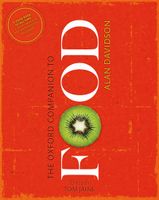Advertisement
Manchego
Published 2014
Manchego cheeses are pressed in moulds of a standard design which were originally of plaited straw, leaving a characteristic pattern on the surface. The pattern is now imitated with metal moulds. The shape is a flat disc (25 cm/10" in diameter and 8–12 cm/about 4" high) and the weight about 3 kg (7 lb). Manchego may be sold fresh (fresco) or slightly aged (curado) or older than three months (viejo); Manchego en aceite will have been immersed in olive oil for a year or so and will have developed a grey to black rind. As the cheese ages the flavour strengthens.


